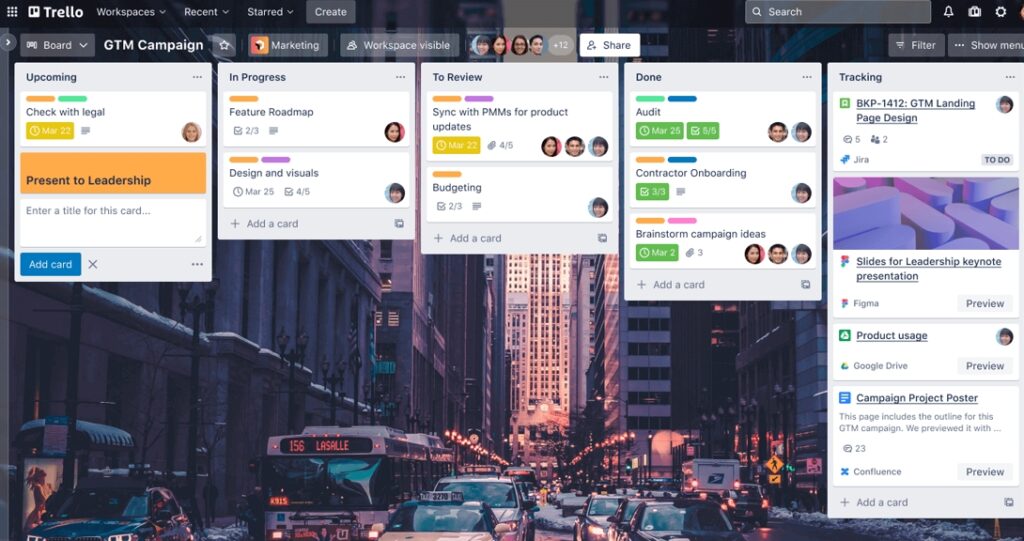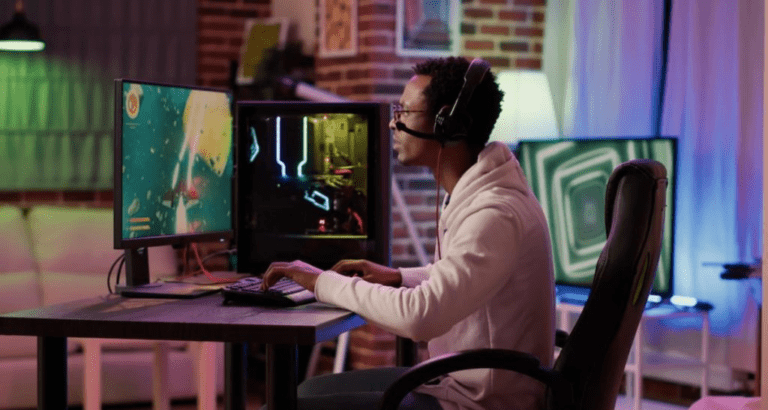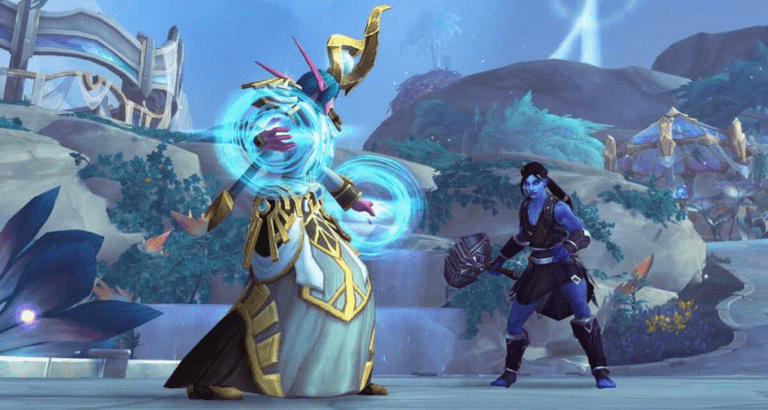Takeaway
Enhancing your game’s graphics doesn’t have to be a costly endeavor. By leveraging efficient tools, optimizing assets, and utilizing community resources, freelance game designers can significantly improve visual quality while maintaining budget constraints. This guide provides actionable strategies to elevate your game’s graphics without breaking the bank.
Understanding the Importance of Graphics in Game Design
In the competitive landscape of game development, graphics play a pivotal role in user engagement and overall experience. High-quality visuals can captivate players, enhance storytelling, and create immersive environments. However, achieving stunning graphics often comes with a hefty price tag. As a freelance game designer, it is crucial to find a balance between visual fidelity and budget constraints.
1. Optimize Your Game Engine Settings
Most modern game engines, such as Unity and Unreal Engine, come equipped with a plethora of settings that can be fine-tuned to enhance graphics without incurring additional costs. Here are some key settings to consider:
- Resolution Scaling: Adjusting the resolution can significantly impact performance. Lowering the resolution while maintaining aspect ratio can help improve frame rates without sacrificing too much visual quality.
- Texture Quality: Use lower-resolution textures for distant objects and higher-resolution textures for close-up details. This technique, known as mipmapping, can save memory and processing power.
- Lighting Settings: Utilize baked lighting for static objects to reduce real-time calculations. This can enhance performance while still providing visually appealing environments.
2. Leverage Asset Stores and Free Resources
Asset stores are treasure troves for freelance game designers looking to enhance their graphics without incurring high costs. Platforms like the Unity Asset Store and Unreal Marketplace offer a wide range of assets, from 3D models to textures and sound effects. Here are some tips for effectively using these resources:
- Free Assets: Many asset stores offer free assets that can be used in your projects. Regularly check for new additions and seasonal sales to find high-quality assets at no cost.
- Community Contributions: Websites like OpenGameArt.org provide free art assets created by the community. These can be a great way to find unique graphics that fit your game’s aesthetic.
- Bundle Deals: Keep an eye out for bundle deals that offer multiple assets at a discounted price. This can be a cost-effective way to acquire a variety of high-quality resources.
3. Utilize Procedural Generation Techniques
Procedural generation is a powerful technique that allows designers to create vast amounts of content with minimal resources. By using algorithms to generate textures, models, and even entire environments, you can save time and money while still achieving impressive visuals. Here are some procedural generation techniques to consider:
- Texture Generation: Tools like Substance Designer allow you to create complex textures procedurally, reducing the need for large texture libraries.
- Environment Generation: Use procedural tools to create landscapes, foliage, and other environmental elements. This can lead to unique and varied game worlds without the need for extensive manual modeling.
- Character Generation: Consider using procedural character generation systems to create diverse NPCs without the need for extensive character modeling.
4. Optimize Your Art Pipeline
Streamlining your art pipeline can lead to significant cost savings and improved efficiency. Here are some strategies to optimize your workflow:
- Version Control: Implement version control systems like Git to manage your assets effectively. This helps prevent loss of work and allows for easy collaboration with other team members.
- Asset Management: Organize your assets in a structured manner to make it easier to locate and reuse them. This can save time during development and reduce the need for creating new assets from scratch.
- Collaboration Tools: Utilize collaboration tools like Trello or Asana to manage tasks and keep track of progress. This ensures that everyone is on the same page and can help identify areas where resources can be saved.

5. Focus on Lighting and Post-Processing Effects
Lighting is one of the most critical aspects of game graphics. Properly implemented lighting can dramatically enhance the visual quality of your game. Here are some tips for optimizing lighting and post-processing effects:
- Dynamic vs. Static Lighting: Use static lighting for non-moving objects to save on performance costs. Dynamic lighting can be reserved for key elements that require real-time interaction.
- Post-Processing Effects: Implement post-processing effects like bloom, depth of field, and color grading to enhance the overall aesthetic of your game. Many engines offer built-in post-processing tools that can be easily integrated.
- Lightmaps: Utilize lightmaps for static objects to pre-calculate lighting information, reducing the need for real-time calculations and improving performance.
6. Community Engagement and Feedback
Engaging with the game development community can provide invaluable insights and resources. Here are some ways to leverage community support:
- Forums and Social Media: Participate in forums like Reddit, Stack Overflow, or specialized game development communities. Sharing your work and seeking feedback can lead to valuable suggestions for improving graphics.
- Game Jams: Participate in game jams to experiment with new ideas and techniques. These events often foster collaboration and can lead to innovative solutions for graphic enhancement.

- Networking: Build relationships with other developers, artists, and designers. Networking can lead to collaborations, shared resources, and potential partnerships that can enhance your project’s graphics.
Conclusion
Leveling up your game’s graphics as a freelance game designer is achievable without incurring significant costs. By optimizing your game engine settings, leveraging asset stores, utilizing procedural generation, streamlining your art pipeline, focusing on lighting and post-processing effects, and engaging with the community, you can enhance your game’s visual quality effectively. Remember, the key to success lies in balancing creativity with resource management. By implementing these strategies, you can create visually stunning games that captivate players while staying within budget.
Key Points
- Optimize game engine settings for better performance.
- Leverage asset stores and free resources to save costs.
- Utilize procedural generation techniques for efficient content creation.
- Streamline your art pipeline to enhance productivity.
- Focus on lighting and post-processing effects for visual impact.
- Engage with the community for feedback and collaboration.
By following these guidelines, freelance game designers can elevate their projects’ graphics without compromising their budgets, ultimately leading to more engaging and visually appealing games.

